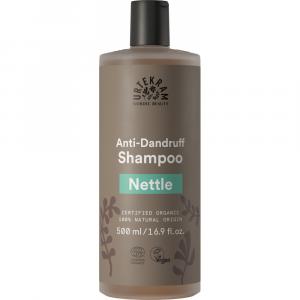Nettle (Urtica dioica)
Other names: Urtica dioica
Harm score: 1 (Natural substances)
Stinging nettle, scientifically known as Urtica dioica, is a species of plant in the nettle family and is also known as big nettle. This perennial plant is characterised by its green heart-shaped leaves, which are covered with tiny hairs that contain poison. This plant is widespread throughout the world and is found mainly in moist places such as river banks, streams or in the semi-shade of forests. It flowers from June to October.
Nettle is used both medicinally and cosmetically for its healing and rejuvenating effects. Nettle extract is often used in hair care products such as shampoos or conditioners because it promotes hair growth and combats hair loss. In the kitchen, nettle is popular for its distinctive green hue and slightly spicy taste, and is therefore included in various soups, sauces or smoothies. It is also a popular ingredient in detox teas and drinks as it aids digestion and cleanses the body of harmful substances. Fresh nettle leaves can also be used as an alternative to spinach in many dishes. In addition, stinging nettle is used in ecology to create biomass and as a natural fertiliser.
Nettle (Urtica dioica) can be found in the following products
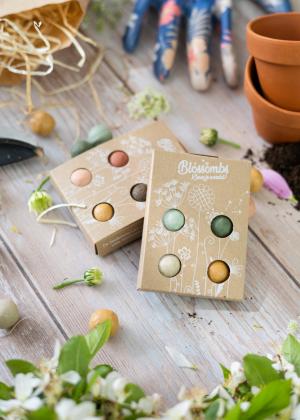
Seed Bombs - Mini Gift Set
Product detail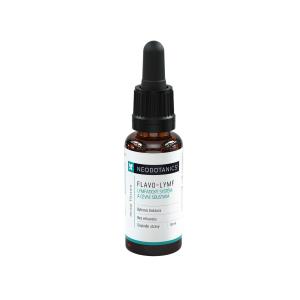
Flavo-Lymf - tincture without alcohol (50 ml) - lymphatic system and vascular system
Product detail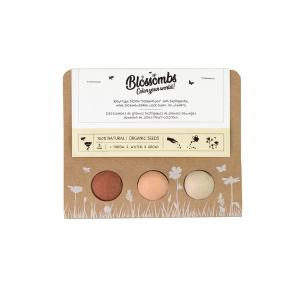
Seed Bombs - Tiny gift (3 pcs) - original and practical gift in one
Product detail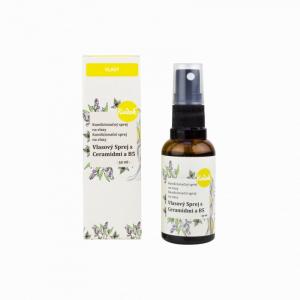
Spray for detangling and protecting hair (30 ml) - with ceramides and provitamin b5
Product detail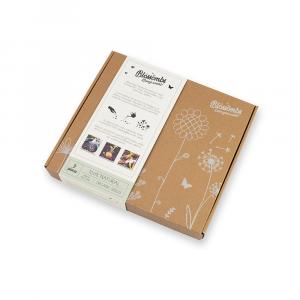
Seed Bombs - Medium Gift Set (9 pcs) - original and practical gift in one
Product detail